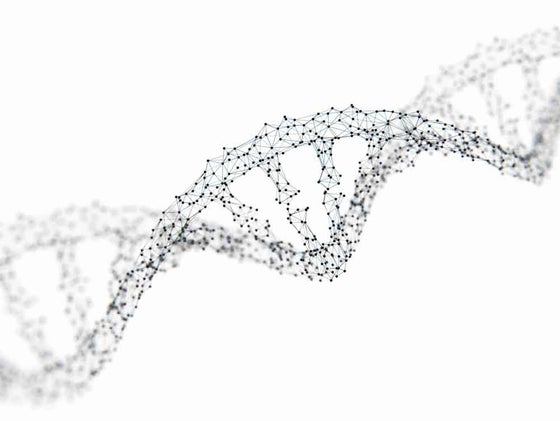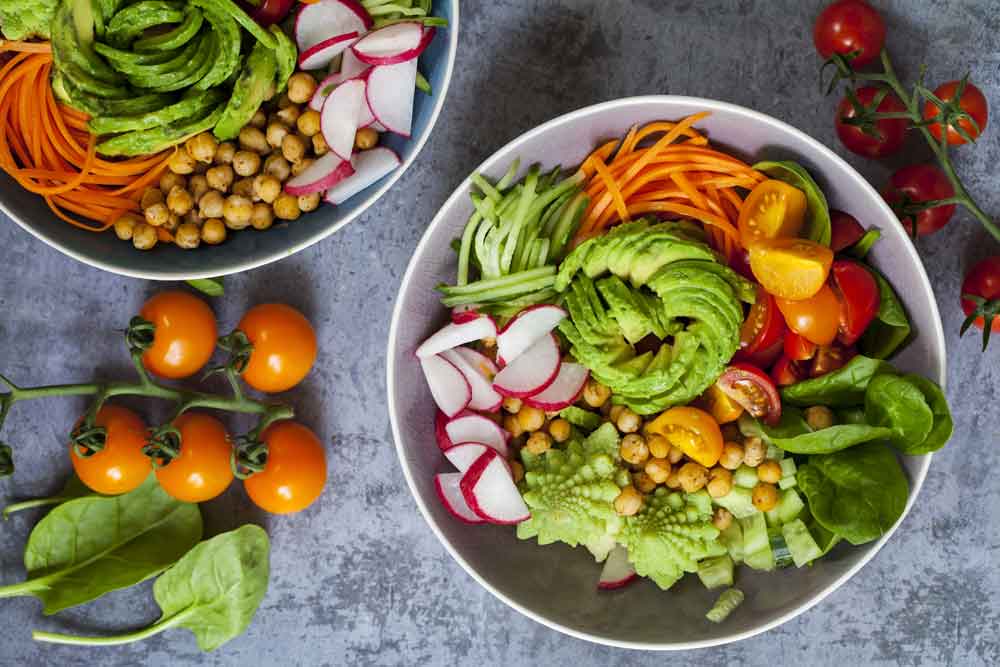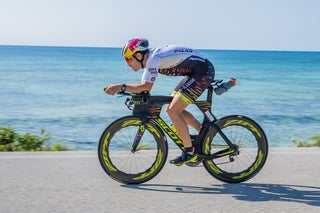
Genetic research is showing that different people respond differently to certain foods. Are diets based on DNA the next big breakthrough in sports performance?
Ask for diet advice on Facebook and you’ll get a lot of varying responses. Plant-based! Paleo! Everything in moderation!
For the first time in the history of social media, it turns out that everyone might actually be right.
The old diet cliché of calories in, calories out is being replaced by a new platitude: Do what works for you. Personalized diets, based on the idea of “nutrigenomics” or the study of how different foods affect gene expression, are starting to pique the interest of scientists, athletes, and dieters alike. But while there is clear evidence that variations in genes cause different reactions to foods—lactose tolerance, for example, is the result of a tiny adjustment in a single DNA building block which allows certain humans to consume milk beyond infancy—the nitty gritty of hyper–personalized diets is still being worked out. “While many observational studies have identified diet-gene-health interactions, few studies have effectively used this type of information to actually develop personalized diets,” says Patrick Wilson, Ph.D., RD, an assistant professor in Old Dominion University’s Human Movement Sciences department. Furthermore, “Just because someone gets an individualized diet prescription based on genes or other factors does not mean that they will actually follow that diet,” he says. A 2016 study published in the International Journal of Epidemiology found this exact thing to be true. Dieters given advice based on their genetic data didn’t do any better at adhering to their diets than dieters given more generic instructions.
But evidence is mounting that genetic differences matter, especially in some key ways for athletes. For example, “Some studies are now coming out showing that a person’s genotype partly dictates whether they respond favorably to caffeine ingestion,” Wilson says. He points to a 2015 study published in the Scandinavian Journal of Medicine and Science in Sports that found different outcomes during a time trial depending on a single gene called CYP1A2. One group did better by rinsing and swallowing the caffeine. The other group did better by straight ingestion.
Since scientists still don’t know the full functionality of all the genes that make up our DNA, we’re probably pretty far from a comprehensive double-helix diet. But, while we wait, many athletes have decided to try to “hack” what their bodies need on their own. That’s why Stevie Smith, a D.C.-based Ironman and registered dietician, tried Inside Tracker, a biomarker measuring service that uses blood tests to optimize performance. Inside Tracker is adding a genetic component to its testing service soon, but even without it, Smith says comparing her biomarkers to those of her mother—who races short course triathlons—has been a good reminder of just how different two athletes’ needs can be. “The biggest differing biomarkers we have are with markers that indicate inflammation in the body and those that are noted to be affected by large training volumes and intensities,” she says. Genetically, Smith and her mom probably share quite a bit of DNA, but because they’re training loads are so different, customization is key.
Bottom line? When it comes to all kinds of foods, your mileage may truly vary. While some of us may get a bigger boost off caffeine, others may run our fastest repeats while enjoying the jet propulsion that comes from being lactose intolerant and chugging a pint of milk.
From Fad to Lab: 200 Years of Diets
1820: Vinegar and Water
Blame British celeb Lord Byron for popularizing potatoes drenched in vinegar
1830: Graham’s Diet
Whole grains take center stage
1863: Banting’s Low Carb Diet
The original carb-cutting effort
1903: Fletcherizing
Essentially: Chew food 32 times before swallowing, eat only when hungry, and save money by eating less
1917: Calorie Counting
Inspired by the first bestselling diet book, Diet and Health: With Key to the Calories
1928: Inuit Meat and Fat Diet
Inspired by Eskimos, this one promotes high fat, low carb eating
1930: Hay Diet
The first diet based on the pH of foods
1930: Dr. Stoll’s Diet Aid
The original liquid–protein diet
1950: The Hollywood Diet
A grapefruit or its juice with every meal
1994: The Atkins Diet
Modern-day high– protein diet
1999: Juice Cleanses
Said to remove toxins the body naturally cleanses on its own

2000: Raw Foods
Uncooked, unprocessed
2002: The Paleo Diet
Dr. Loren Cordain publishes his low-carb, high-protein tome
2016: The Keto Diet
High fat, low carb gets more stringent
2020: DNA Diets
The personalized revolution is coming

